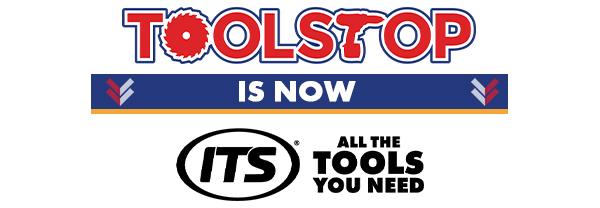M-Class Extractors and Vacuums
M-Class extractors and vacuums provide essential dust control for medium-hazard dust, including wood and concrete particles. These powerful vacuums ensure compliance with safety standards, protecting users from inhaling harmful dust in workshops and construction sites.
Who Uses M-Class Extractors and Vacuums?
M-Class extractors are essential for professionals who work with medium-hazard dust, such as wood and silica dust. These vacuums are commonly used by construction workers, carpenters, and those in industries that generate fine, potentially harmful dust particles.
- Construction Workers – Used on sites to manage dust from concrete, brick, and other materials, improving air quality and reducing health risks.
- Carpenters and Woodworkers – Essential for capturing sawdust and fine particles from cutting wood, creating a safer workshop environment.
- Flooring Installers – Keeps airborne dust from sanding or grinding flooring materials under control, ensuring a cleaner, safer workspace.
- Renovation Contractors – Controls dust created during demolition, drywall sanding, and remodeling, minimizing inhalation hazards.
M-Class Extractors and Vacuums Are Great for Jobs Such As:
- Capturing wood dust in carpentry – Ensures safer air quality by controlling sawdust and wood particles in workshops.
- Managing concrete dust on construction sites – Helps remove silica dust, meeting safety regulations and protecting workers.
- Cleaning up after floor sanding – Captures fine dust generated from sanding wood, vinyl, or concrete flooring.
- Handling dust from drywall installation – Minimizes airborne particles created from cutting and sanding drywall boards.
- Reducing dust during demolition – Effectively captures debris and fine particles during remodeling and demolition tasks.
How to Choose the Best M-Class Extractor or Vacuum
Choosing the right M-Class extractor depends on factors such as filtration quality, suction power, and tank size. Here are the essential specifications to consider for an effective and safe dust extractor:
1. Filtration Quality
M-Class extractors require filters capable of capturing 99.9% of dust particles. Look for high-efficiency filtration to ensure compliance with safety standards for medium-hazard dust types.
2. Suction Power
Higher suction power is beneficial for capturing fine particles and heavy dust. For construction sites, choose models with robust suction capabilities.
3. Tank Capacity
Large-capacity tanks are ideal for continuous use on active sites, while medium-capacity tanks work well for smaller workshops and light construction work.
4. Automatic Filter Cleaning
Some M-Class vacuums come with automatic filter cleaning to maintain consistent suction power and extend filter life, especially helpful on high-dust jobsites.
5. Noise Level
If working in enclosed spaces, consider a vacuum with lower decibel levels. Quieter models reduce noise pollution in indoor or residential areas.
Compatible Accessories for M-Class Extractors and Vacuums
M-Class extractors benefit from specialized accessories that enhance their dust-capturing abilities. Here are some useful add-ons to consider for improved performance.
Frequently Asked Questions
What types of dust are M-Class extractors suitable for?
M-Class extractors are designed for medium-hazard dust, such as wood, concrete, and silica dust. They capture 99.9% of particles, reducing the risk of inhaling harmful dust on worksites.
Do M-Class vacuums need a HEPA filter?
While M-Class extractors meet safety standards without a HEPA filter, adding one can improve filtration, especially in environments where air quality is a priority.
Can an M-Class vacuum handle hazardous dust?
M-Class extractors are intended for medium-hazard dust only. For high-risk dust (e.g., asbestos), H-Class extractors are required due to their higher filtration levels.
How often should I clean or replace the filter in an M-Class extractor?
It depends on usage. For daily use, clean the filter weekly and replace it every 6-12 months. Models with auto-clean filters require less maintenance but should still be monitored regularly.
What are the benefits of an anti-static hose in M-Class vacuums?
Anti-static hoses reduce the build-up of static electricity, which can attract dust to the hose interior. This feature is especially useful in environments with fine dust, as it prevents clogging and improves airflow.


